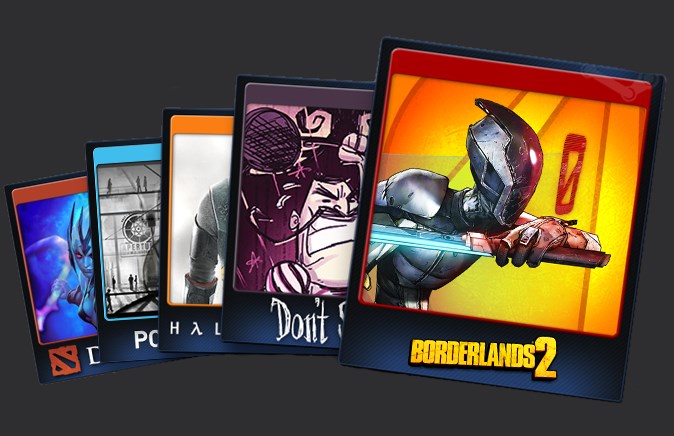The most expensive Steam profile is worth over $250K
You can rack up a lot of value in trading cards.

According to data from steamladder.com, the most valuable Steam profile comes in at $279,114. I should clarify that the value of a Steam profile doesn’t mean that it’s what any one player actually invested in it. As anyone who has ever bought a Humble Bundle can testify to, it’s very easy to own hundreds of pounds worth of games and have paid only a fraction of that. But what does that value apply to?
For Steam user St4ck, the owner of the most valuable profile globally, it’s mostly badges. Or more specifically, how badges affect the level of their Steam profile. The value of games they own sits at a comparatively trifling $36,232.
For those not in the know, trading cards are produced while playing games and during Steam events like sales. Trading (or buying cards) for a complete set allows you to craft a badge, which in turn increases your XP and therefore level as a Steam user. Cards that are generated during Steam events like sales (usually by buying games) seem to contribute substantially more to levelling than ones dropped by games. Being a higher level user mostly has cosmetic benefits, but it’s similar to the value of having a high level character in a game, if the character is you, and the game is a storefront.
I was unable to contact St4ck for comment, as their friends list is full, despite higher levelled profiles being able to add more friends. Of the top 10, St4ck was the only user whose badge value went significantly higher than $1000. They sit as an outlier among the high value profiles. Most high value accounts simply have very large games libraries, but St4ck has climbed the heap by accumulating cards. They’re a trading cards outlier among peers who own over 20,000 games—but spend the majority of their time on only one game. For multiple people, that one game was a Counter-Strike.
So if you’re interested in having a high value Steam account, you have two options: the first is to just buy a great deal of games. The second is an intricate web of item trading within a gamified economy of tiny transactions. But with a trading economy wrapped around store events, you can’t engage in the latter without taking part in the former, too.
Keep up to date with the most important stories and the best deals, as picked by the PC Gamer team.

